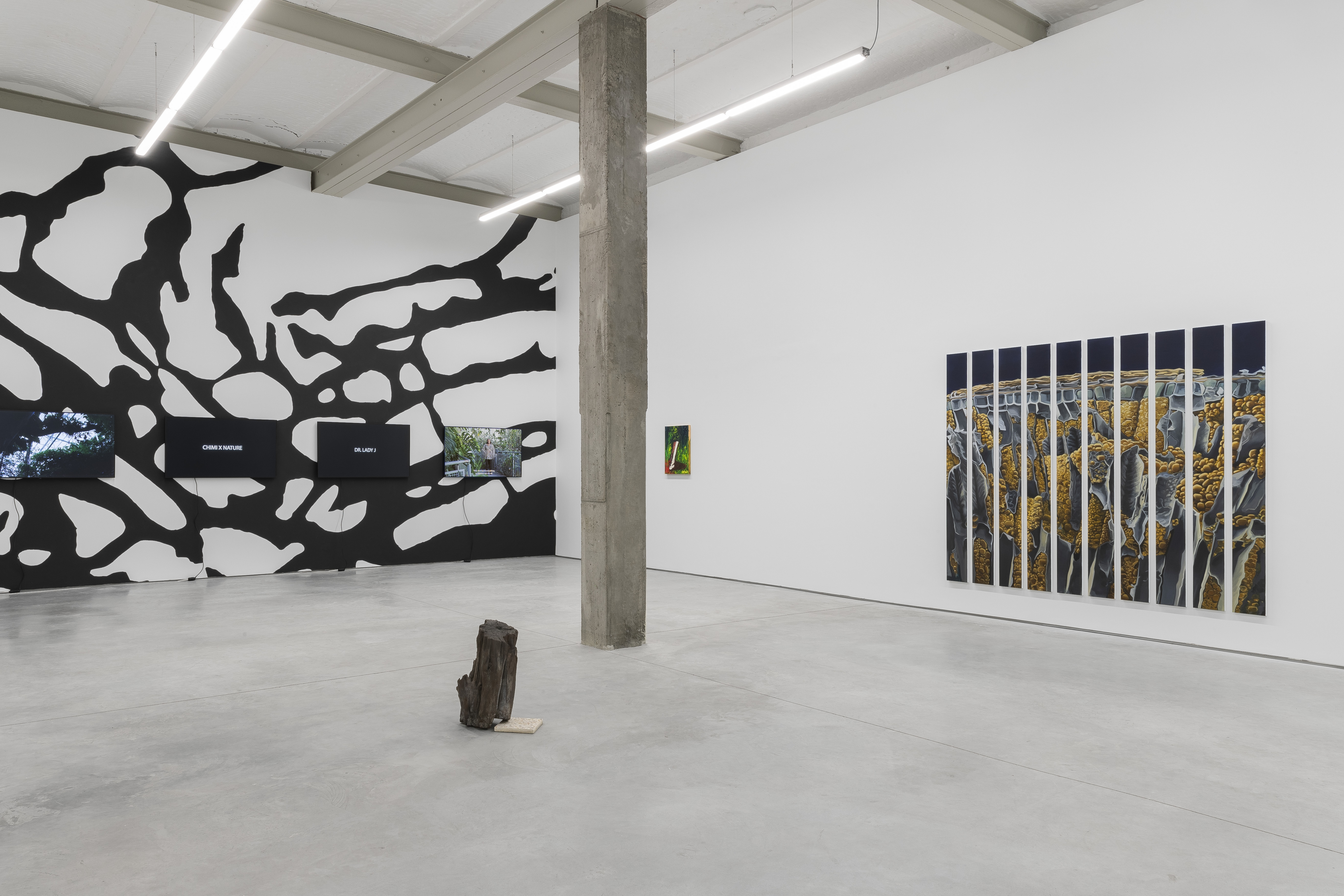Upcoming / Current
***
Excess / Support - Solo exhibition and book launch
FUTURES Gallery, Melbourne
28 November - 21 December
21 Easey Street, Collingwood 3066,
Naarm/Melbourne
Open Thursday-Saturday,
12-5pm or by appointment
+61 450 103 744
***
Idiosynchronic - Installation at Campus Biotech, Geneva
A collaboration with Embassy of Foreign Artists and Flux Foundation
14 November 2024 - 14 January 2025
9 Chemin des Mines
1202 Genève
***
A Botanical Conversation
Exhibition runs 12 September - 14 December 2024
Rue Isidoor Teirlinck 65, 1080 Brussels, Belgium
Wednesday - Saturday, 12:00 - 18:00 and by appointment
Harlan Levey Projects, Brussels
For full exhibition documentation and exhibition texts, please click here
Featuring works by Haseeb Ahmed, Sean Crossley, Mehdi-Georges Lahlou, Ella Littwitz, Isadora Neves Marques, Alex Reynolds, Sheida Soleimani, Julius von Bismarck, Antwoine Washington.
The exhibition takes its name from an installation by Mehdi-Georges Lahlou, which was commissioned by SPACES in Cleveland, Ohio. The work consists of a wall painting and a four channel video which was shot at the Cleveland Botanical Gardens. The painting, a detail of a microscopic view of a palm tree, challenges easy identification, stretching into a reflection on the interconnectedness of global ecosystems, and the constant change, loss, and growth which they endure under the strain of human activity. The videos engage local residents in theatrical monologues, exploring patterns where plant life provides parallels to the human experience and is used to address socio-cultural situations. These four videos open the door to the conversations which other works in the exhibition explore.
In his 1987 essay “The Worst Mistake in the History of the Human Race”, the anthropologist Jared Diamond posits that it was not humans that domesticated nature, but rather the other way around; Diamond illustrates how the advent of agriculture demanded a new organization of space, time, and labor, creating a structure which led to the inequalities and excesses of our current reality. Sean Crossley’s painting Cereal Space begins with an electro-microscopic image of a wheat grain, and resembles an image of vast natural space, which is unreasonably organized as it spreads across ten panels. Separated, the panels evoke the formats of 19th century decorative painting, which were tailor-made for the spaces between doors and wall corners in apartments. When lined up side by side, their totality produces an image resembling a landscape, or a slice in the earth’s crust. This is a sedimentary painting of terrestrial materials: oils from plant seeds, ground earth, and metal pigments, layered upon a gesso base, itself a petrochemical product distilled from thousands of years of compressed organic matter. The brushstrokes, textures, layers, and corrections are perhaps a diagram of the broader temporal scale of how the materials came to be, and illuminate the somewhat beautiful complicity between entropy and commerce.


Cereal Space, 210 x 260 cm (Ten panels)
Oil on linen, 2022